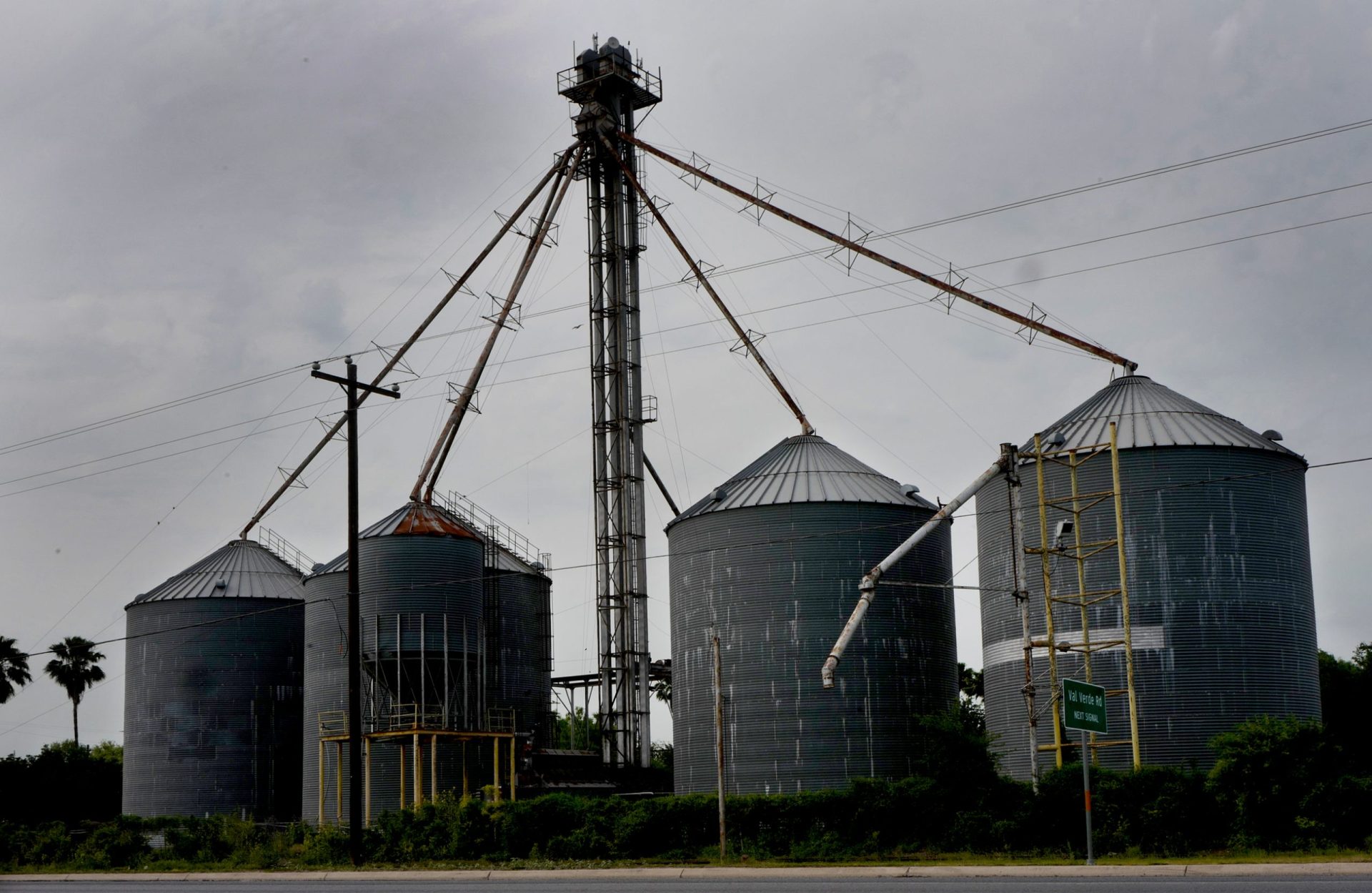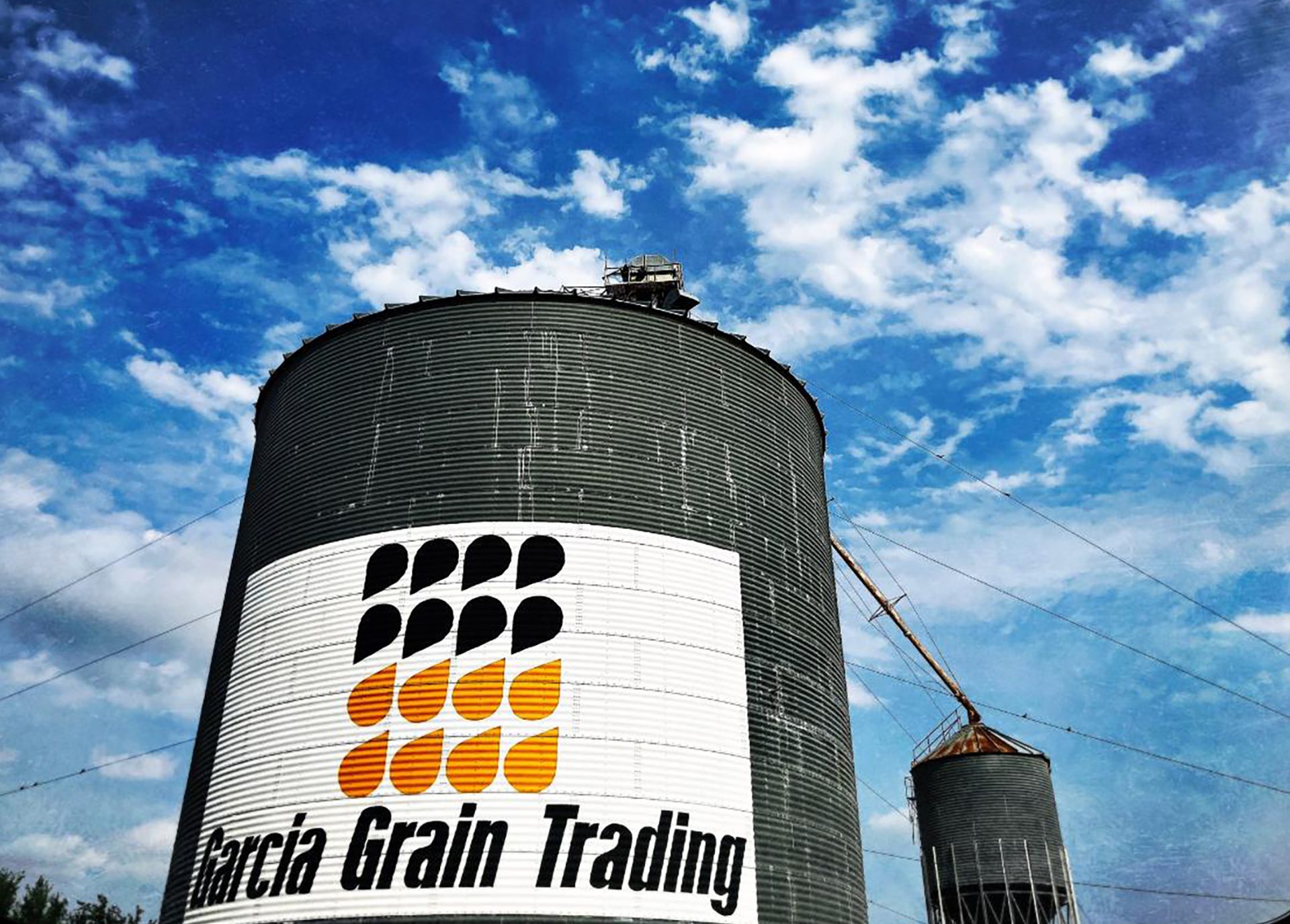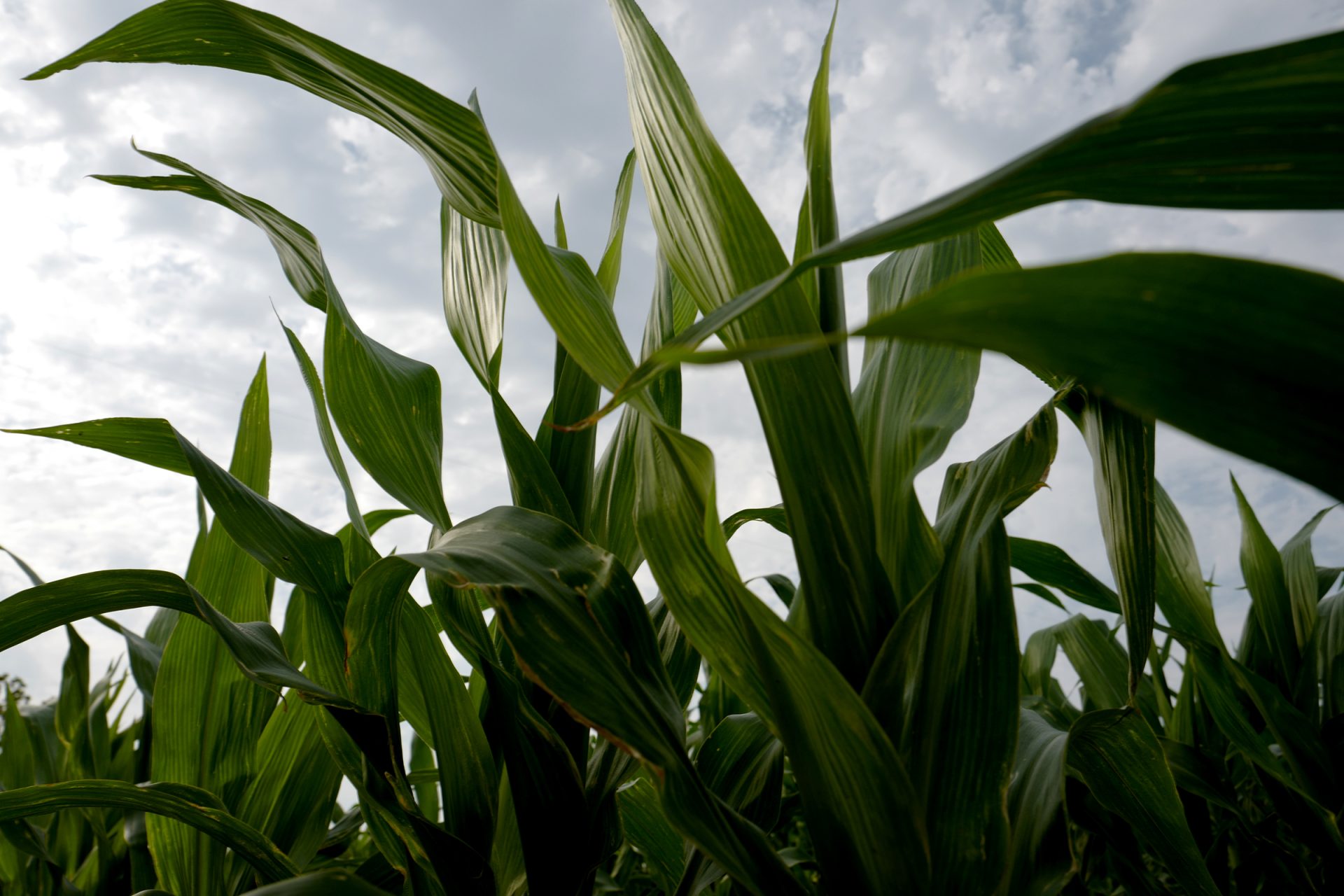
One of the Rio Grande Valley’s largest agricultural companies is facing a potential liquidation that could put local farmers out of millions of dollars.
Garcia Grain Trading Corp., a Donna-based grain storage and sale company, filed for Chapter 11 bankruptcy Feb. 17 after the Texas Department of Agriculture, or TDA, pulled its grain storage licenses and shut down its grain elevators.
The TDA yanked the licenses after a third-party audit in late-January revealed an estimated $20 million in missing inventory at grain elevators in Progreso, Donna, Edcouch and Santa Rosa.
The TDA — which had failed to notice anything amiss during its own audit earlier that month — returned for another look in the wake of the one commissioned by StoneX Commodities Solutions, one of Garcia Grain’s largest creditors.
On their second pass-through, state officials were able to substantiate that Garcia Grain had “significant deficiencies between the records for warehouse receipts when compared to physical measurements of the grain,” according to the company’s bankruptcy filings.
The company’s net worth is also in the negative by nearly double its assets.
Garcia Grain claimed in a March 3 filing to have some $27.63 million in total assets compared to more than $50.3 million in liabilities owed to banks, farmers and other agricultural businesses.
But the bulk of that debt — approximately $41.1 million in secured claims — belongs to the company’s largest creditors, including StoneX, Falcon Bank, Vantage Bank, and a McAllen-based supply chain technology company called GrainChain.
The remainder, $9.2 million in unsecured debt, belongs to dozens of farmers throughout the Valley and elsewhere in Texas, as well as the Upper Midwest and northern Mexico.
And it’s those creditors who are unlikely to recover a dime that Garcia Grain owes them, according to a March 23 filing by the Official Committee of Unsecured Creditors, or UCC.
“(T)he value of (Garcia Grain’s) disclosed property is clearly far below the amount of debts and claims against the estate …,” the UCC stated, estimating their chances of recovery as “remote.”
HOW GARCIA GRAIN GOT HERE
Garcia Grain started in 1998 as a partnership between four people — CEO and president, Octavio Garcia, who held a 45% ownership stake in the company; Rodulfo Plascencia Sr., who owned 35%; Baldemar Salinas Cantu, with 15%; and Octavio’s wife, Gabriela Garcia, who owned 5%.
The company operates by buying and storing a variety of grain crops, including corn, sorghum, milo, wheat, soybeans, and sesame and sunflower seeds.

Much of the grain eventually makes its way to the company’s largest grain elevator in Progreso before being exported to Mexico.
A smaller portion of Garcia Grain’s business is dedicated to pinto and black beans grown in Minnesota and North Dakota.
The company’s bankruptcy attorneys say Garcia Grain has a history of drawing in nine-figure annual revenues.
“It has gross receipts of $100 million over the years. Year-in and year-out,” attorney David R. Langston explained to Chief U.S. Bankruptcy Judge Eduardo V. Rodriguez during a Feb. 24 hearing.
But as for what ultimately caused Garcia Grain to go from cashing in on crops to having its silos sitting empty, the attorney eschewed the question as a matter of incomprehensible volume.
“Over time, there had been a significant deficiency in the inventory of the grain but that… deficiency (had) been covered up or not disclosed in the operation simply because there was such a large amount of grain being funneled through Progreso into Mexico,” Langston said.
When the company’s creditors got a chance to question the CEO on March 22, Octavio Garcia’s answers were equally elusive.
Garcia testified that he didn’t know how millions of dollars’ worth of inventory went missing.
“When a CEO testifies that he has no idea how this loss could have occurred, that admission alone establishes gross mismanagement and, more likely, fraud by its owners and/or management,” the UCC stated.
But the unsecured creditors committee took their concerns a step further, implying that Garcia Grain’s financial woes may be as a result of criminal conduct.
To that end, the UCC has pleaded with the court to prohibit the company’s current leaders — including Garcia — from continuing to manage Garcia Grain as the bankruptcy case continues.
Instead, the committee wants the court to appoint a Chapter 11 trustee with expanded powers to handle management decisions.
The UCC is also firmly opposed to any solution that would involve the liquidation of the company’s assets, which would leave farmers nothing to recover.
PRIOR LEGAL ISSUES
This isn’t the first time Garcia Grain has faced financial troubles.
In October 2017, Rodulfo Plascencia Sr., the company’s second-largest share owner, filed a lawsuit against his then-partner.
Plascencia accused Garcia of fraud and breach of fiduciary duty after the latter tried to forcibly expel Plascencia from Garcia Grain and a handful of subsidiary companies they co-owned.

At the time, Plascencia claimed the company — at Garcia’s direction — had stopped making payments on nearly $500,000 Plascencia had lent Garcia Grain between January 2012 and November 2013.
Plascencia also claimed that Garcia had withdrawn more than $100,000 from corporate accounts and then transferred that money to himself.
In response, Garcia countersued, alleging that Plascencia had obfuscated financial transactions with the company’s Mexican customers in order to divert cash to himself.
On Aug. 4, 2022, the two sides advised the court that they had reached a settlement.
The following month — on Sept. 30, 2022 — Garcia Grain transferred ownership of 10 acres of land in Progreso, as well as a grain elevator in Alamo, to Plascencia.
The bankruptcy filings list the value of the transfer at $1.1 million. The filings further state that Plascencia is no longer a Garcia Grain partner.
ALLEGED INSIDER DEALING
The million-dollar property transfer isn’t the only big-ticket item the company has offloaded in recent months.

Just two weeks before Garcia Grain declared bankruptcy, it transferred deeds of trust for the Progreso and Edcouch elevators, as well as two farms, to its third-largest secured creditor, GrainChain.
The property titles are valued at more than $8.1 million, according to company’s financial disclosures.
However, it’s those and other transactions that have the unsecured creditors sounding an alarm.
The UCC believes that Garcia Grain has been working with some or all of its four secured creditors — which the committee refers to as “insiders” — to funnel money to “affiliates or third-party entities” for Octavio Garcia’s and their benefit.
In other words, the UCC fears Garcia Grain may be attempting to transfer assets out of reach of farmers and other smaller creditors.
“The lenders debt due by (Garcia Grain) are secured by affiliate guarantees and assets,” the UCC stated, adding that those assets should be “brought back into this Estate…”
Garcia Grain and its creditors are next due in court on Thursday.





